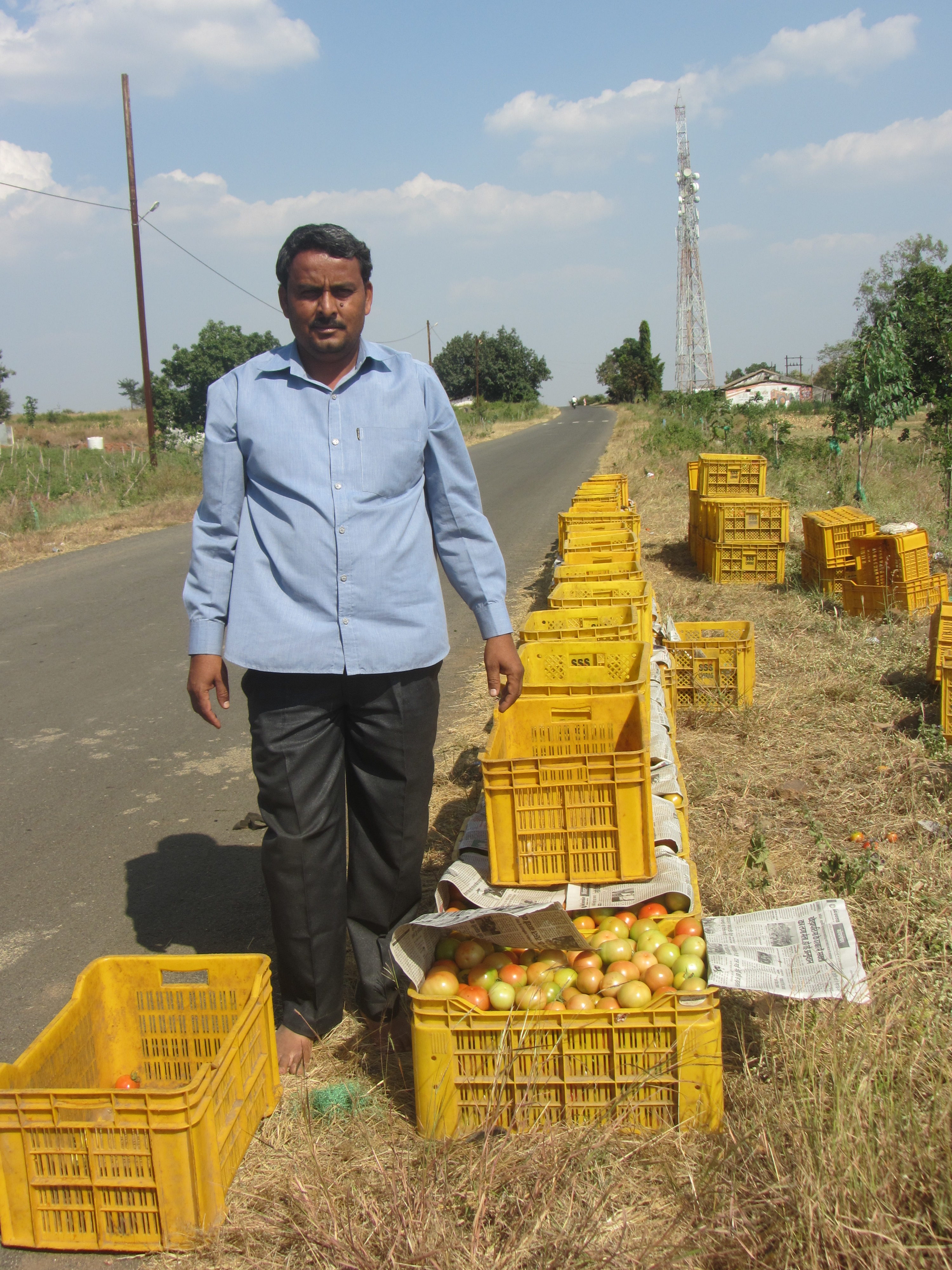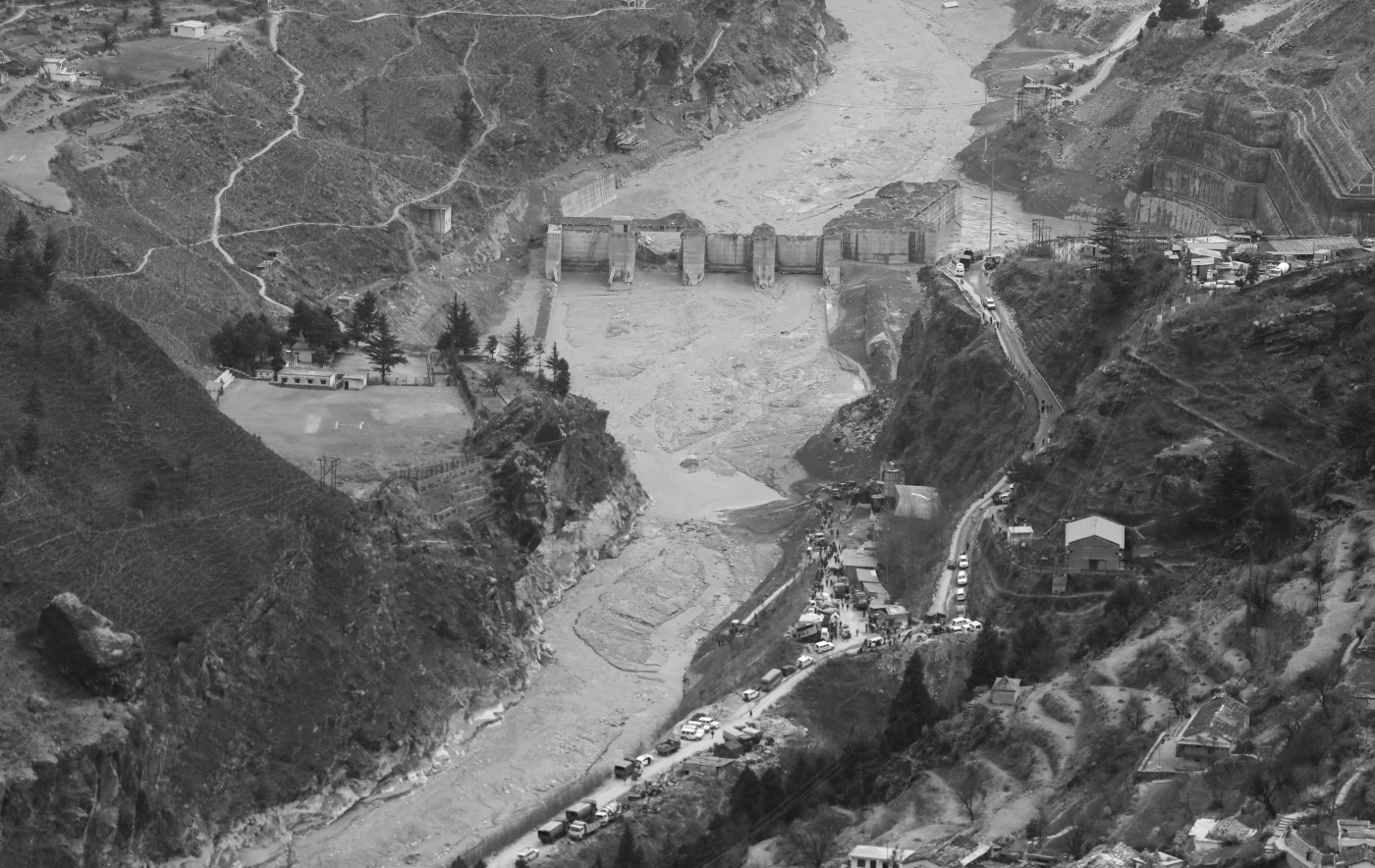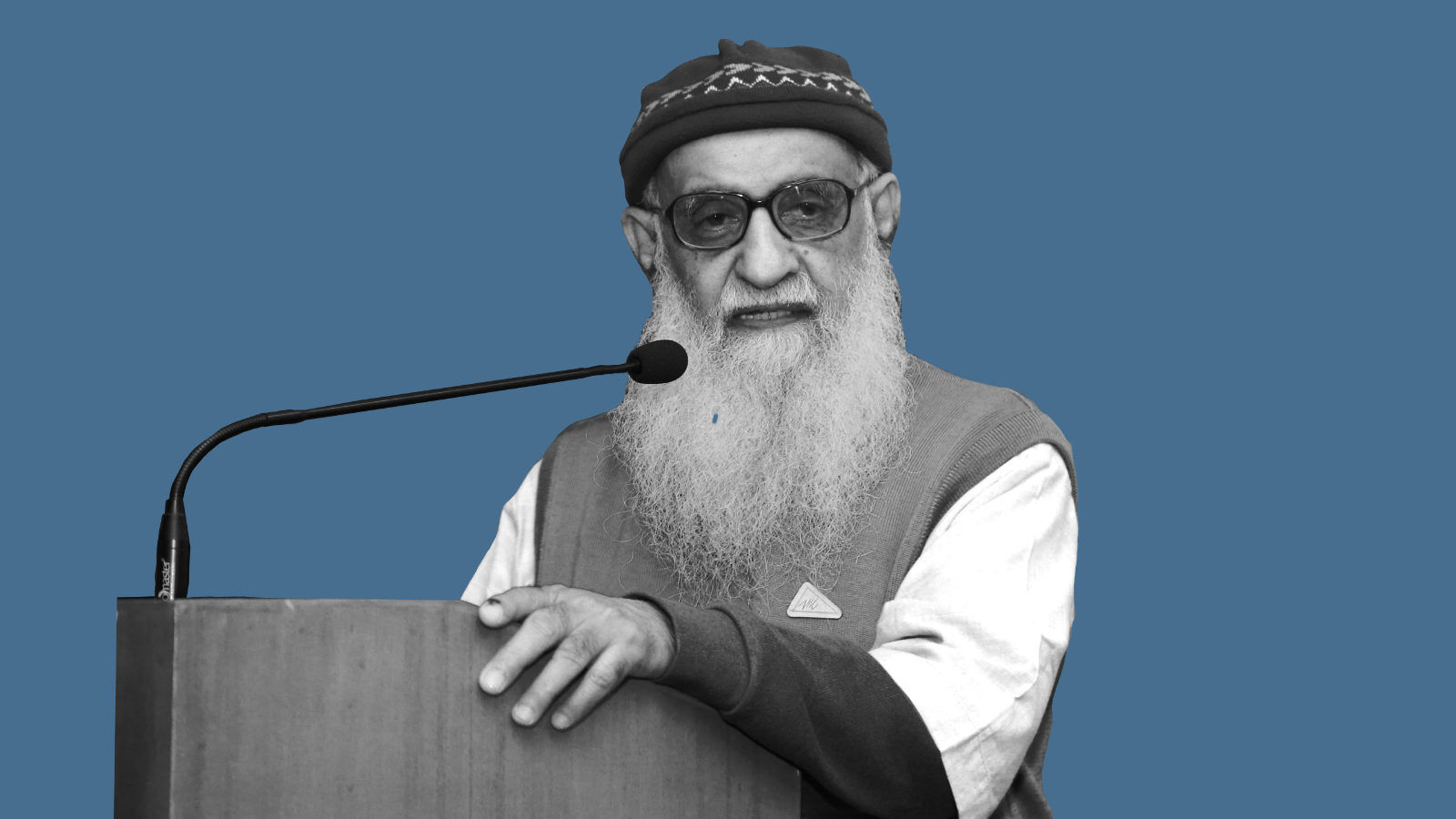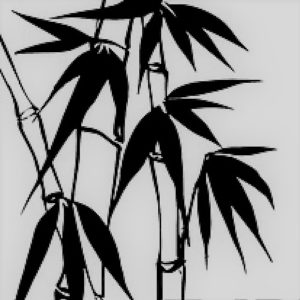Under the aegis of NABARD and PMKSY, a Micro Irrigation Fund (MIF) worth Rs 5,000 crore was set up in May 2018.
Chhindwara, MP: ‘The Pradhan Mantri Krishi Sinchayee Yojana (PMKSY)’, launched in 2015, brought together various schemes regarding irrigation, micro-irrigation, command area development and watershed development under the ambit of a single umbrella.
All the schemes had a universal motto — ‘More Crop per Drop’ — something that can be described as immensely important for sustainable and drought-proof agriculture. Many of these schemes have been around for about 15 years now with varied success rates across the country.
The PMKSY is a step towards improving agricultural water productivity. Under this, about 20 lakh hectares of land has been brought under micro irrigation till 2017-18. Under the aegis of NABARD and PMKSY, a Micro Irrigation Fund (MIF) worth Rs 5,000 crore was set up in May 2018.
It is high time more and more farmers shifted to less water-intensive crops in agriculture, such as pulses and oil seeds or to growing vegetables under horticulture. Diversification to high value crops (HVCs) has the potential to increase gross returns and thus help in improving farmer’s income. For instance, in West Bengal. It got a onetime grant of Rs 90 lakh from the Centre for preparing District Irrigation Plans in 2015-16 and by now has 42 projects in 16 districts.
Moreover, in February 2018, PMKSY had been implemented for small tea growers in Bengal with West Bengal State Watershed Development Agency as the nodal agency. “Given that 30% of the tea growers are small land holding farmers here, effective implementation of the scheme can fetch high income for them,” says Shreya Some, Senior Research Fellow & Ph.D. Scholar at the Department of Economics at the Jadavpur University.
Experts point out that the PMKSY, if implemented properly, will not only help in achieving India’s climate agenda for 2030 but will also provide various other social, economic and environmental co-benefits namely SDG1 (reducing poverty), SDG2 (increasing agricultural productivity), SDG 6 (judicious use of water), SDG8 (economic growth) and SDG12 (sustainable production).
Some also added a word of caution: “But injudicious implementation can lead to various adversities such as more energy use, income disparities among farmers because farmers with electricity access can use significantly more energy per hectare compared to owners of diesel pumps or owners. So, there are possibilities of having negative effects on SDG 7 (energy use) and SDG 10 (income inequalities) as well.”
Rabi crop is taken only on 38.9% of net sown area due to lack of water and lack of access to water. Changing precipitation patter due to climate change is an immense challenge. The chapter on ‘Climate, Climate Change, and Agriculture’ of the Economic Survey 2018 ominously points at worst possible scenarios for Indian agriculture. “A key finding — and one with significant implications as climate change looms — is that the impact of temperature and rainfall is felt only in the extreme; that is, when temperatures are much higher, rainfall significantly lower, and the number of “dry days” greater, than normal. A second key finding is that these impacts are significantly more adverse in unirrigated areas (and hence rainfed crops) compared to irrigated areas (and hence cereals). (The government did not release the Economic Survey 2019).
Hurdles in implementation
As seen across many states, estimates suggest that the cost per acre with micro-irrigation comes to around Rs 60,000 for vegetables and Rs 35,000 for fruits. Even with the handsome subsidy, this is way above the reach of really small and marginal land holding farmers, who actually need a helping hand to come out of the poverty line rut.
Manufacturers and proponents from the government set up claim that even though the initial cost of installation of drip irrigation system seems to be high, considering the benefits arising out of installation, such as yield increase, water savings, fertilizer savings, energy savings, increase in water productivity, use of undulating terrain, use of bad quality soils and water, maintenance of soil health etc, the economics of using drip irrigation systems works very well in the long-run. As against other annual inputs such as seeds and fertilizers, this is a onetime investment that fetches returns faster.
“In order to bring drip irrigation systems within the reach of common man, to take it to large number of farmers, R & D efforts are on. We have introduced thin walled tubing which are low cost and can last for 2-3 seasons. This thin walled tubing can be used for crops like cotton, sugarcane and vegetables. This brings down the costs substantially about 30-50%. We have also introduced low pressure drippers to reduce the recurring power expenses of the farmers. The technology is progressing, enabling us to bring latest technologies to reduce the costs,” said Somnath Jadhav, Sr VP, design and marketing, Jain Irrigation Systems Ltd, largest private player in the sector.
Further, the drip irrigation system has been very successful for horticultural crops but the staples such as rice and wheat grown across the country total for highest water usage (of course, except sugarcane). Jain is claiming that drip irrigation is technically feasible for all the crops, including wheat and rice.
“It is already proved that in case of wheat and rice also there is a substantial increase in water productivity under drip irrigation. The collaborative research between Jain, the International Rice Research Institute (IRRI) and International Maize and Wheat Improvement Center (CIMMYT) has already proved this fact and experimental set ups across the country have shown that these systems are technically feasible and economically viable for wheat and rice. We are confident that this will be commercialized soon, and farmers will start using these systems for wheat and rice on large scale,” Jadhav added.
The drip irrigation system works fantastically well when there is assured source of water and power both. But what happens when a) water is scarce and the farmer may not have assured source of water and b) where the landscape is undulating, for instance in the hills?
“You have to have some amount of water sufficient for survival of the crop. Without water no system/ technology/expertise can help you. Drip irrigation works well even if you have 30-35 % of the water required for flow irrigation. In hilly areas, the only scientific way of irrigation is through drip irrigation because drip irrigation is a pressurized irrigation system and therefore water can easily reach to all the highest and lowest points in the field, and water is distributed uniformly and equitably,” added Jadhav.
That is another hurdle. Micro-irrigation, be it drip or sprinkler system, requires uninterrupted power supply to maintain pressure and level. Hence the government first needs to look at the power supply in remote / rural areas. Although power situation has improved much more in over last decades, but rural areas continue to be treated in partial way compared to city centres.
But that was just not all. Under the PMKSY, more than 20 lakh hectares of land has been brought under micro irrigation till 2017-18. Under the aegis of NABARD and PMKSY, a Micro Irrigation Fund (MIF) worth Rs 5000 crore had been set up in May 2018. Some states did not come up with their share of the subsidy while in some states, the approval for spending did not come on time as a result, several targets were unmet in many states. But finally, after initial hiccups, the operationalisation of Micro-Irrigation Fund was finally cleared in August 2018.
Way forward
Four years after PMKSY came into being, Andhra Pradesh, Karnataka, Gujarat, Maharashtra and Tamil Nadu have contributed more than 75% of additional coverage in 2017-18 area. The list of under-performing states includes Punjab, Jharkhand, Bihar, Chhattisgarh and Goa. Then there are states where micro irrigation is yet to pick up – the entire eastern, north-eastern spectrum of states namely Arunachal Pradesh, Manipur, Meghalaya and Nagaland (Assam having done some progress). Clearly, both states and the Centre need to gear up and coordinate well for the benefit of the farmers.
As a NITI Ayog report last year had pointed out, only 15% of the farmers in India are large and medium scale farmers but they account for control over 55% of the total available land. Experts feel that increasing the cap to 10 Ha from the current ceiling of 5Ha would be extremely beneficial to the sector. “This scheme, however, does not lift that cap. Only 10% of the total potential area (estimated to be 69 million Ha in India) has been brought under MI as on date. Hence, area ceiling cap of 5 Ha may be increased to 10 Ha,” it recommended.
Despite all its current shortcomings, this de-centralised micro-irrigation is the way forward to drought proofing of agriculture. But it needs to spread evenly across all climatic zones.
This is Part II of a two-part series on drip irrigation usage by Madhya Pradesh farmers and how drought-ridden states can make use of the method. Read Part I.




